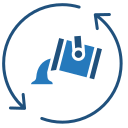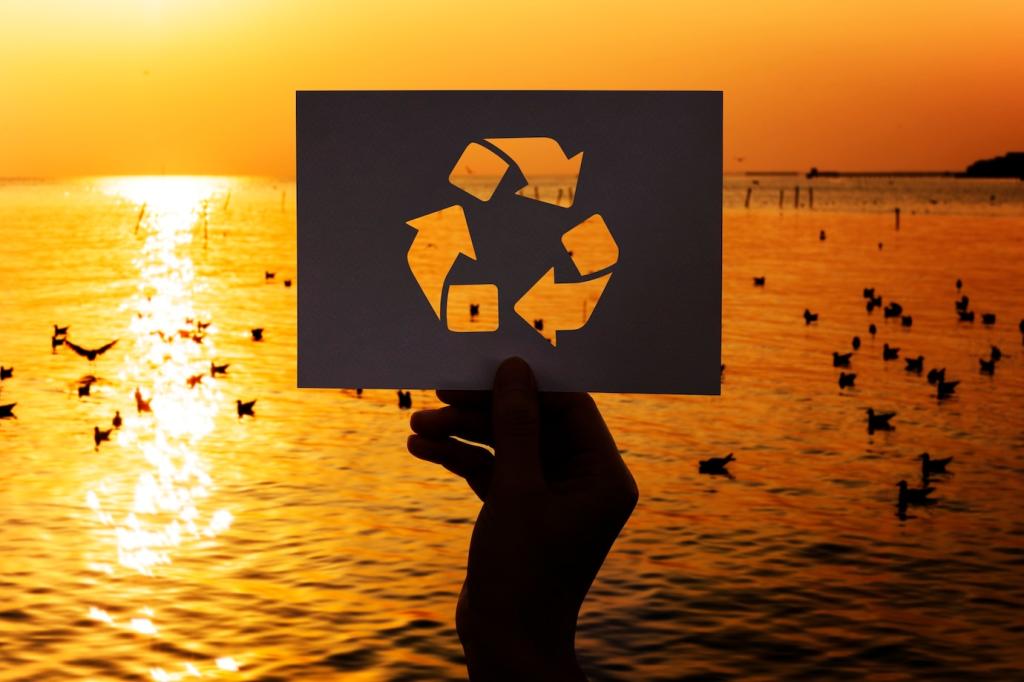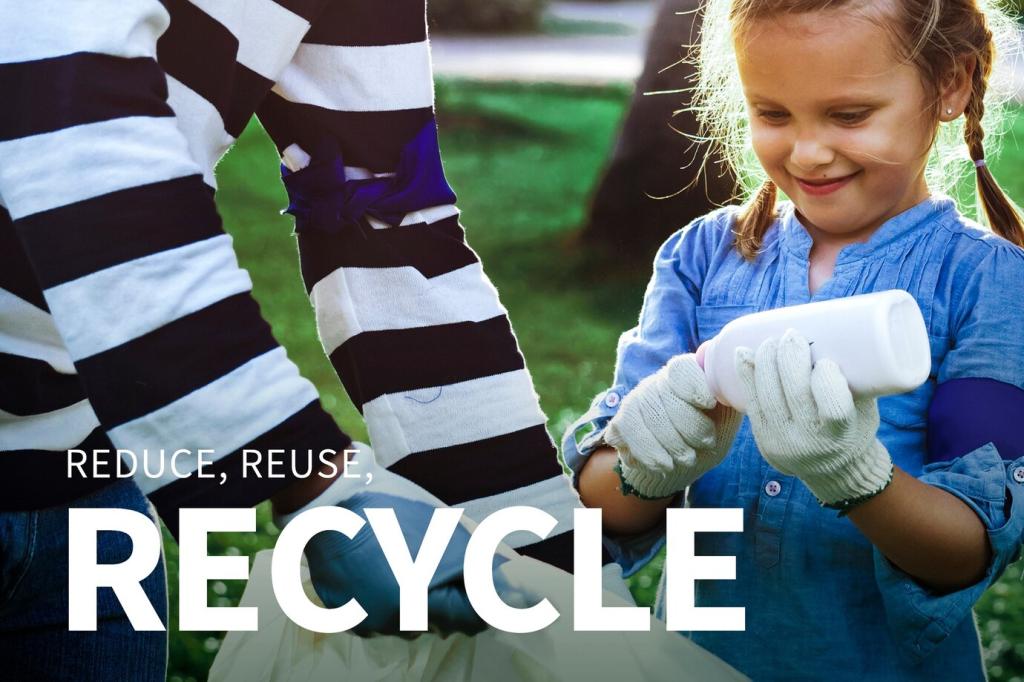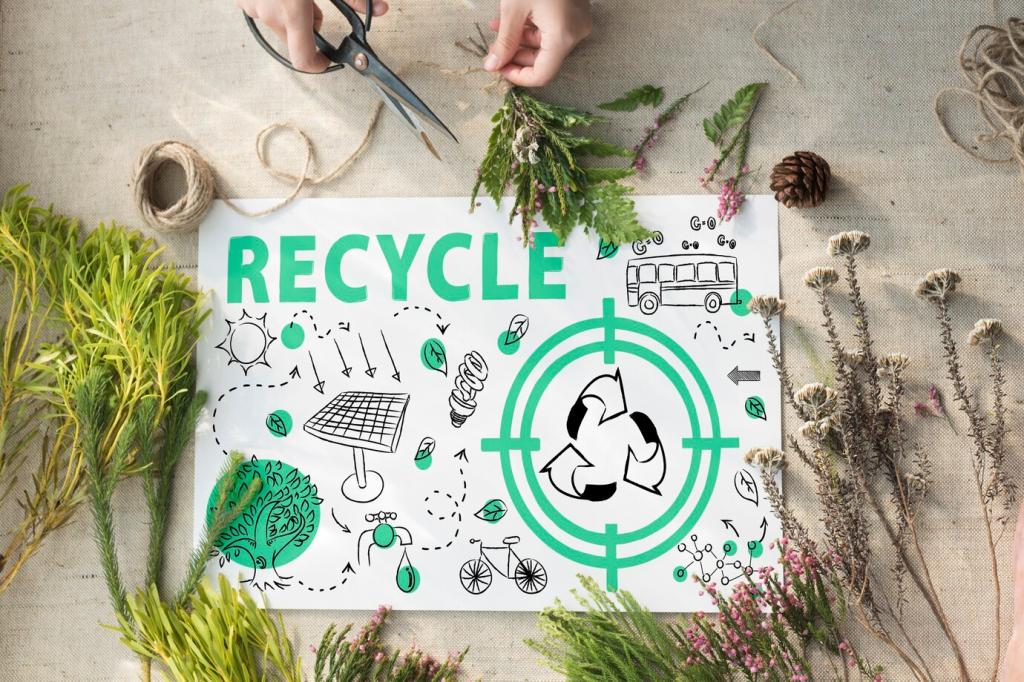Design for Reclamation
Choose one primary fiber when possible, use removable trims, and consider water-soluble threads or heat-release adhesives for key seams. These choices keep future sorting simple and enable cleaner fiber streams with fewer compromises on quality.
Design for Reclamation
QR-coded labels can store fiber content, dye systems, finishes, and repair guidance. When products carry their own maps, reclaimers know exactly how to disassemble and reprocess—no guesswork, no extra waste, just straightforward recovery.





